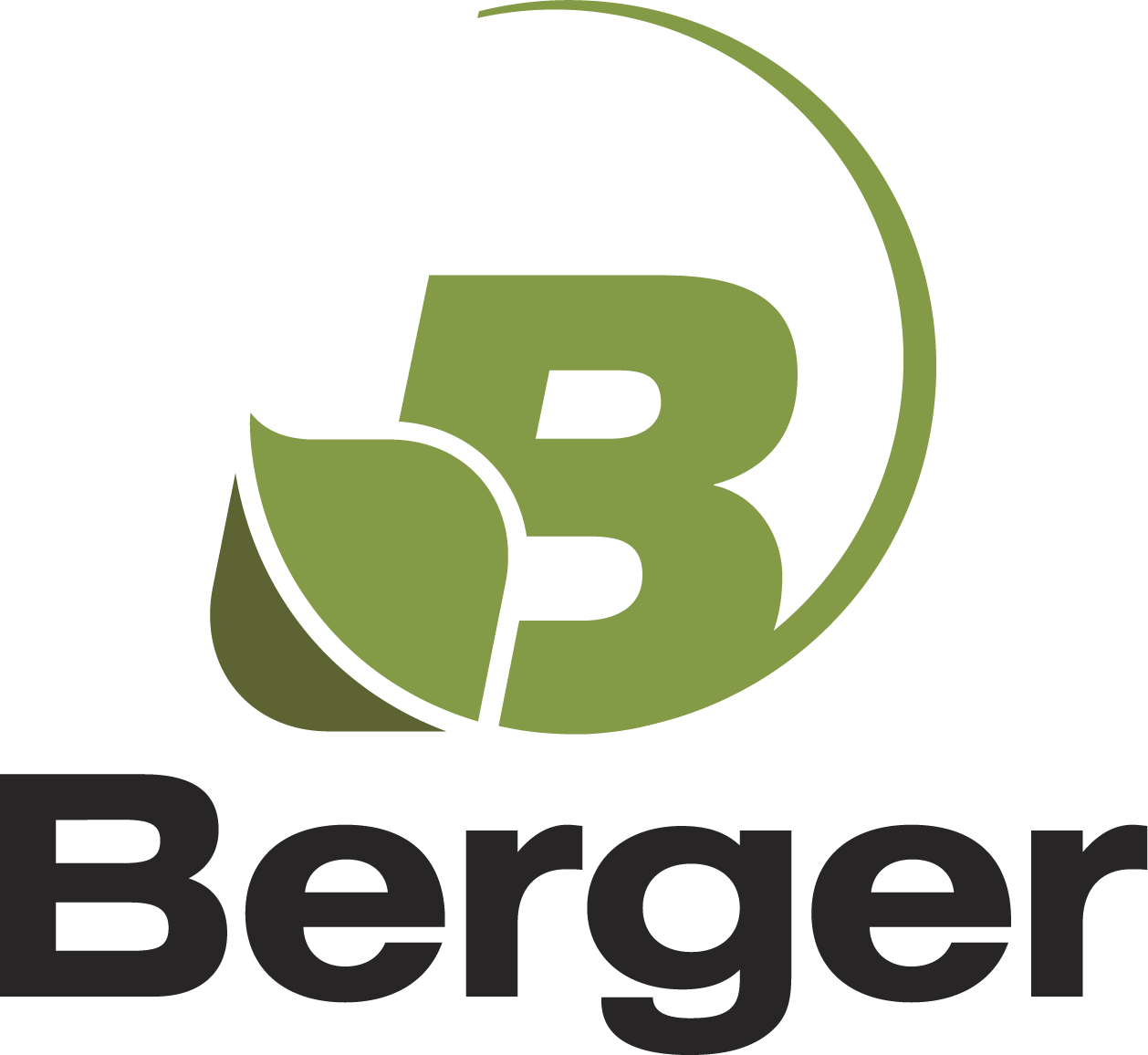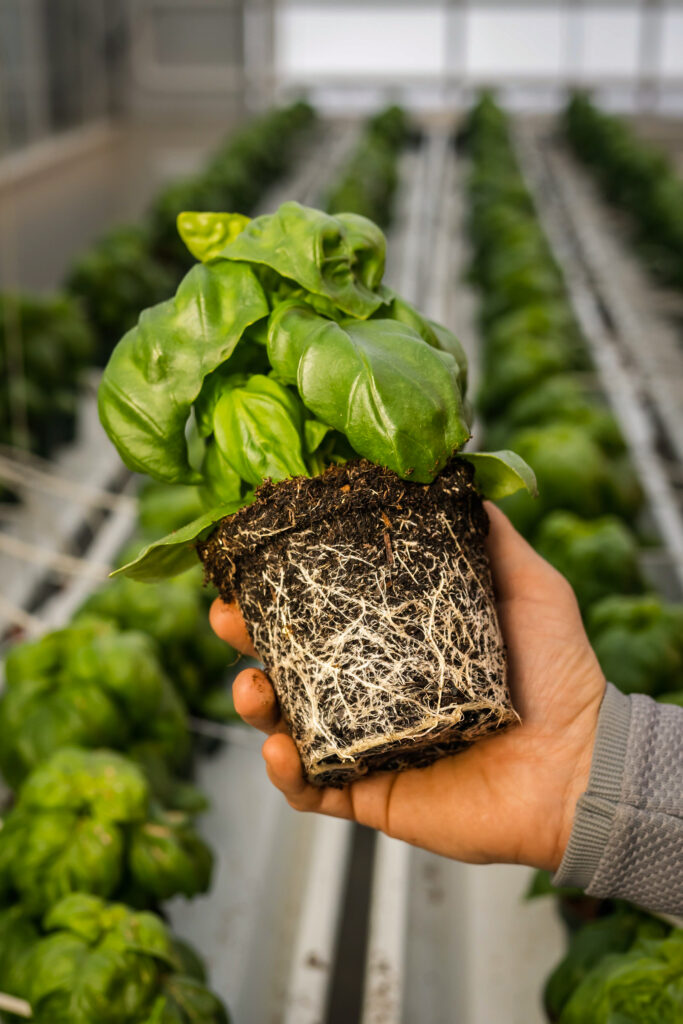How to Choose the Right Fertilizer?
Water quality is one factor that can have the greatest effect on how a fertilizer performs for a grower.
Factors to Take into Account
The concentration and types of salts in the water as well as the alkalinity and how it affects pH, dictate to some extent what type of fertilizer should be used. The source of water, whether it is runoff into a pond, well water percolating through bedrock or rainwater collected from greenhouse gutters, will each display different chemical or antagonistic reactions with the elements making up the nutrient formulation.
The organic content of the media, the percent of non-ionic components such as perlite, the state of decomposition of the peat, bark or compost, all will have a significant effect on the type and rate of fertilizer applied. The season, quality of light, day length and temperature of both air and substrate will have a direct effect on plant activity and transpiration. This in turns regulates the uptake of nutrients via root activity. It is very important to realize that the roots take up elements selectively with little correlation to the plant’s actual requirements for growth. It is also important to realize that a plant does not always take up nutrients in the proportion in which they are applied to the media. For this reason alone, it is wise to encourage “periodic media testing”!
The Right Nutrients at the Right Time
In regards to actual feed prescriptions, various stages of plant growth dictate what elements should be targeted to benefit the plant, whether it is in its seedling stage, juvenile stage or flowering stage. Different ratios of N-P-K are blended to compensate for such stages of growth.
Early growth is promoted by a good ratio of Nitrate-N to Ammonium-N that promotes ideal stem caliper and controlled leaf development. Supplying calcium in the early stages of plant growth insures cell wall strength in young developing roots, stems and leaves which contribute to overall plant health. Mid-season growth is complemented by regulating vegetative growth and preparing the plant for floral production. As we approach the finished product, toning the plant for post-harvest quality is of top priority by reducing the nitrogen and increasing the potassium to finish the crop.
The solution to producing quality plants is getting the nutrients to the plant, precisely at the time they need them. Depending on the types of fertilizers and the techniques used to apply them, keep in mind the best practises to make fertilizers work for you.


